Understanding the Different Types of Life Insurance: Term vs. Whole Life
Life insurance can provide financial protection for your loved ones, offering peace of mind in uncertain times. Two of the most common types of life insurance are Term Life Insurance and Whole Life Insurance. While they may seem similar, they have distinct differences that make them suitable for different needs and life situations. Here’s a breakdown of the key differences between these two types of life insurance.
What is Term Life Insurance?
Term life insurance is a type of life insurance that provides coverage for a specific period, or “term,” such as 10, 20, or 30 years. If the insured passes away during the policy’s term, the beneficiaries will receive the death benefit. If the insured outlives the term, no payout will be made.
Key Features of Term Life Insurance:
- Fixed Term Period: Coverage lasts for a predetermined number of years.
- Affordable Premiums: Term life policies typically have lower premiums compared to whole life insurance, especially for younger, healthy applicants.
- No Cash Value: Term life insurance does not accumulate cash value over time.
- Renewability: Many term policies allow for renewal at the end of the term, though premiums may increase with age.
- Specific Purpose: Often used to cover temporary needs like a mortgage, child-rearing costs, or income replacement.
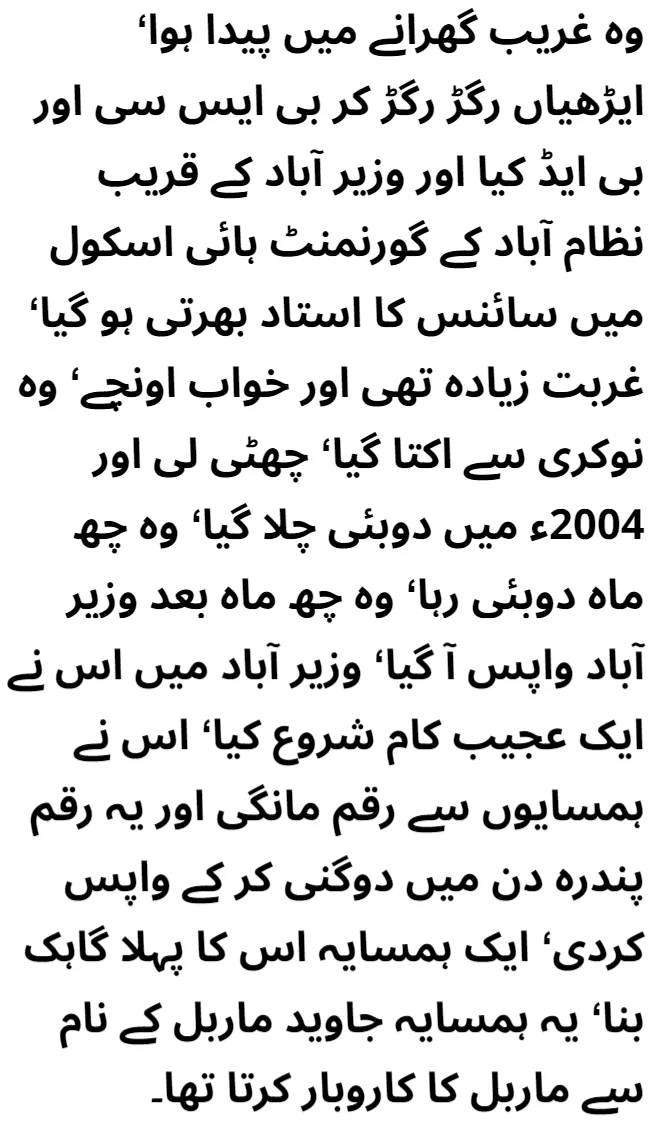

Who Should Consider Term Life Insurance?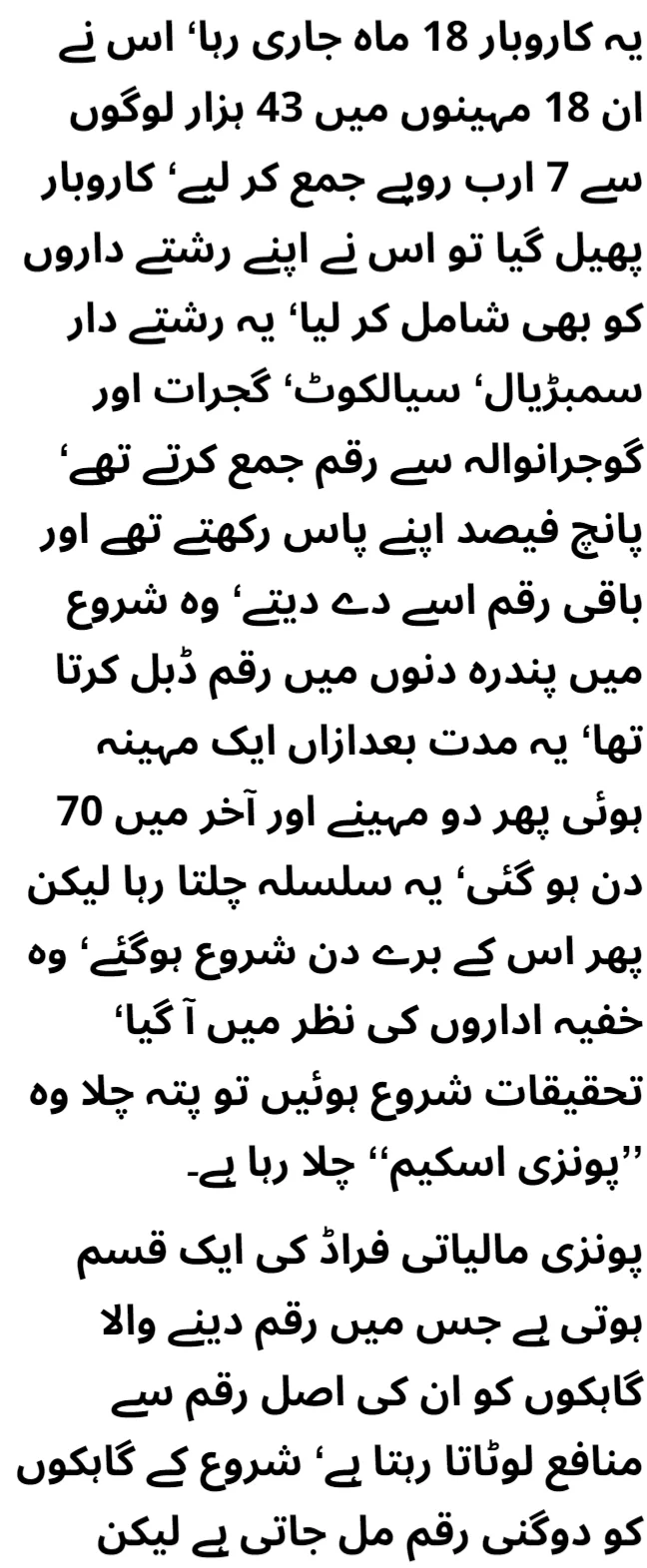
- Young families or individuals with temporary financial obligations.
- People looking for the most affordable life insurance option.
- Those who only need coverage during a specific period, such as until children are grown or a mortgage is paid off.
What is Whole Life Insurance?
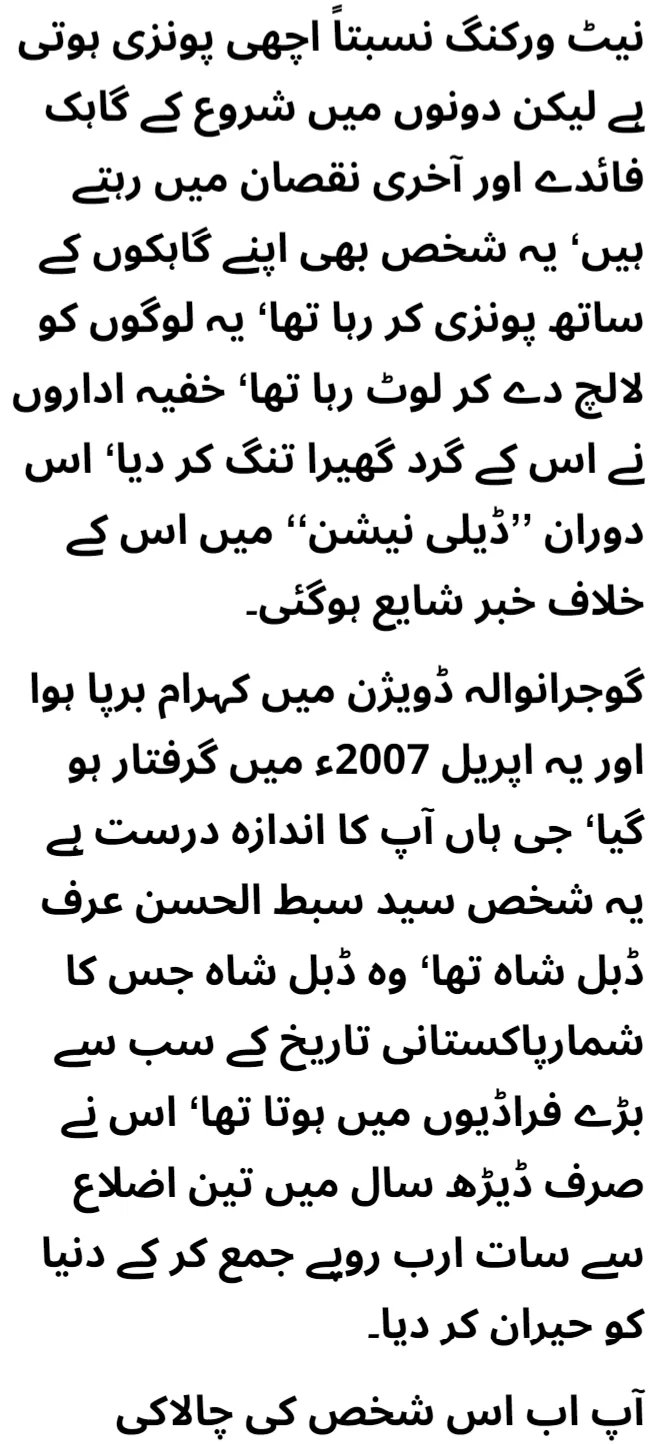
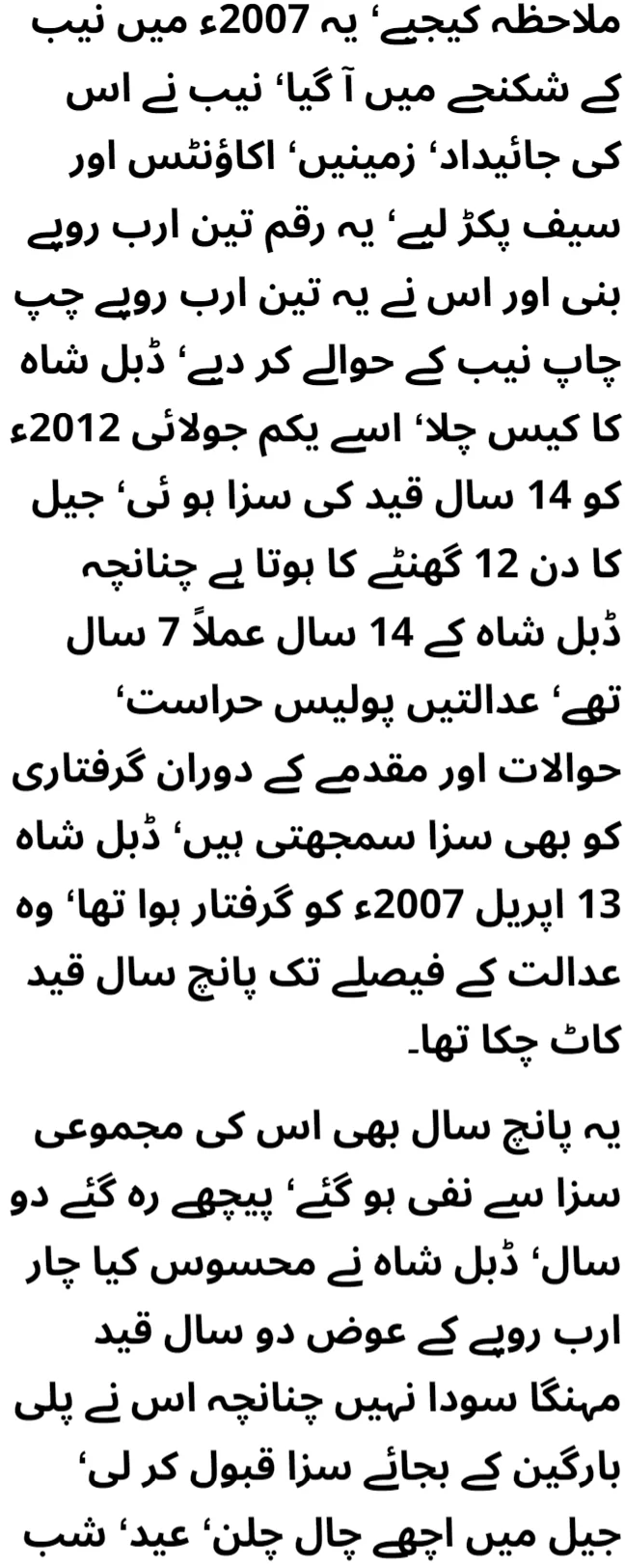
Whole life insurance, also known as permanent life insurance, provides lifelong coverage as long as premiums are paid. Unlike term life, whole life policies are designed to last for the insured’s entire life, offering financial protection indefinitely.
Key Features of Whole Life Insurance:

- Lifelong Coverage: Whole life insurance remains in effect for the insured’s entire life.
- Cash Value Component: A portion of your premium goes into a cash value account, which grows over time and can be accessed through loans or withdrawals.
- Fixed Premiums: Premiums remain the same throughout the insured’s life, providing stability and predictability.
- Investment Opportunity: The cash value grows at a guaranteed rate or is linked to a specific investment return.
- Estate Planning Tool: Whole life can be used to cover estate taxes, leave an inheritance, or fund charitable gifts.
Who Should Consider Whole Life Insurance?
- Individuals who want lifelong protection and financial stability.
- People interested in building savings or accessing cash through the policy’s cash value.
- Those focused on estate planning or leaving a financial legacy.
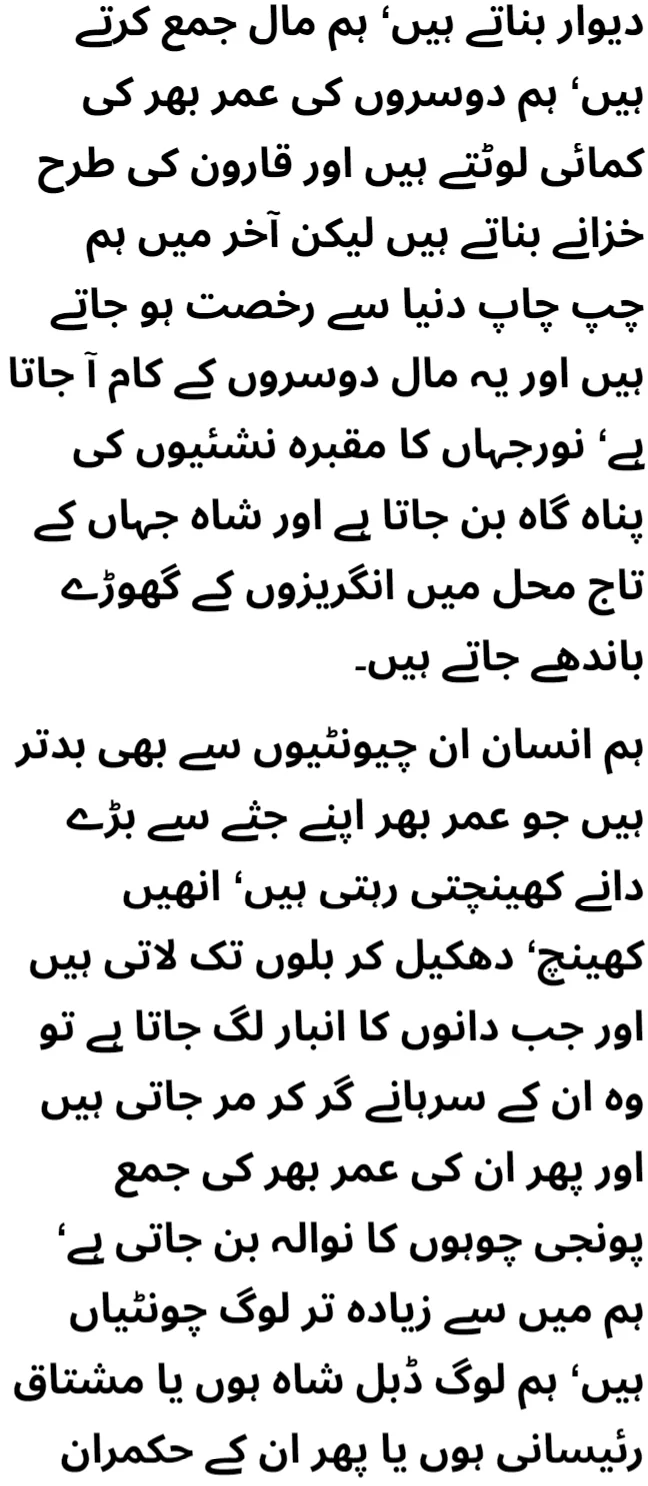

Key Differences Between Term Life and Whole Life
| Feature | Term Life Insurance | Whole Life Insurance |
|---|---|---|
| Duration | Fixed term (10, 20, 30 years, etc.) | Coverage lasts for life |
| Premium Costs | Generally lower, especially for young, healthy applicants | Higher premiums due to permanent coverage and cash value |
| Cash Value | No cash value component | Includes cash value accumulation |
| Purpose | Often used for temporary financial protection | Acts as both protection and an investment tool |
| Flexibility | Limited (specific time frame) | More flexible due to cash value options |
| Estate Planning | Not typically used for estate planning | Can be used for estate taxes and legacy planning |
| Renewability | May be renewable, but rates may increase | No need to renew as it lasts for life |
Which One is Right for You?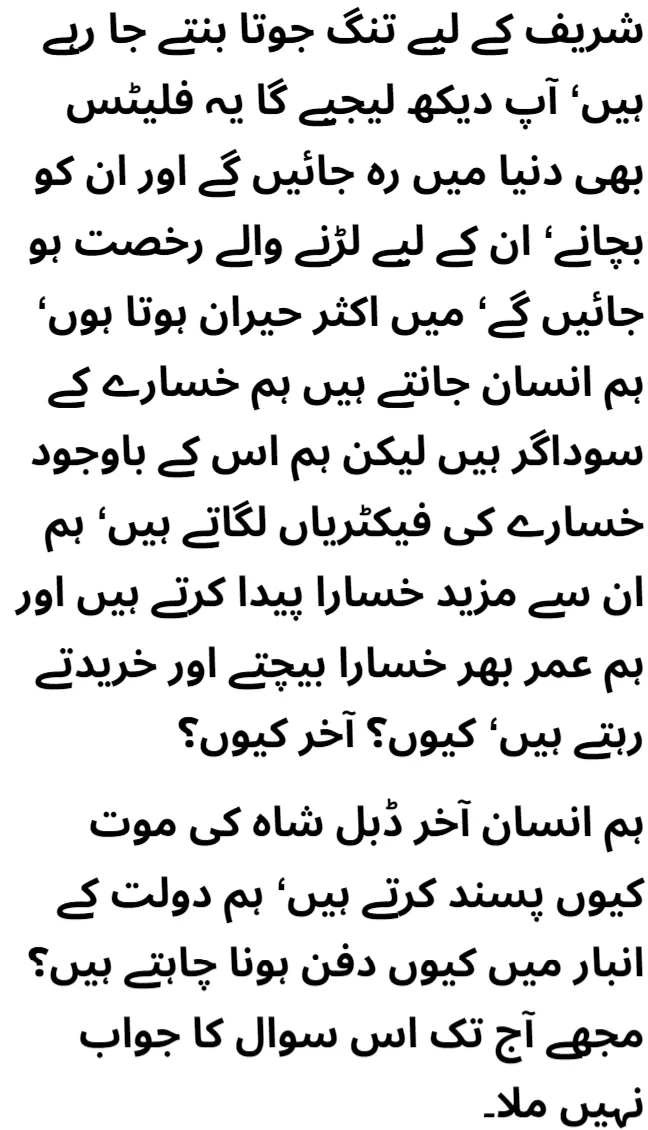
Choose Term Life Insurance If:
- You are on a tight budget and need affordable coverage.
- Your financial needs are temporary (e.g., paying off debt, child-raising years, or a mortgage).
- You want to prioritize a low monthly premium over lifelong savings.
Choose Whole Life Insurance If:
- You can afford higher premiums and want lifelong coverage.
- You value the cash value component as a savings tool.
- You are focused on estate planning or leaving a financial legacy for your loved ones.
Conclusion
Choosing between term life and whole life insurance depends on your unique financial situation, goals, and priorities. Term life insurance is ideal for short-term financial needs and affordability, while whole life insurance offers lifelong coverage with added financial benefits like cash value accumulation.
Before making a decision, carefully evaluate your financial goals, budget, and family’s needs. Consulting with a financial advisor or insurance agent can provide personalized guidance to help you make the most informed choice.
Whichever path you choose, having life insurance can give you and your loved ones financial peace of mind and stability for the future.




